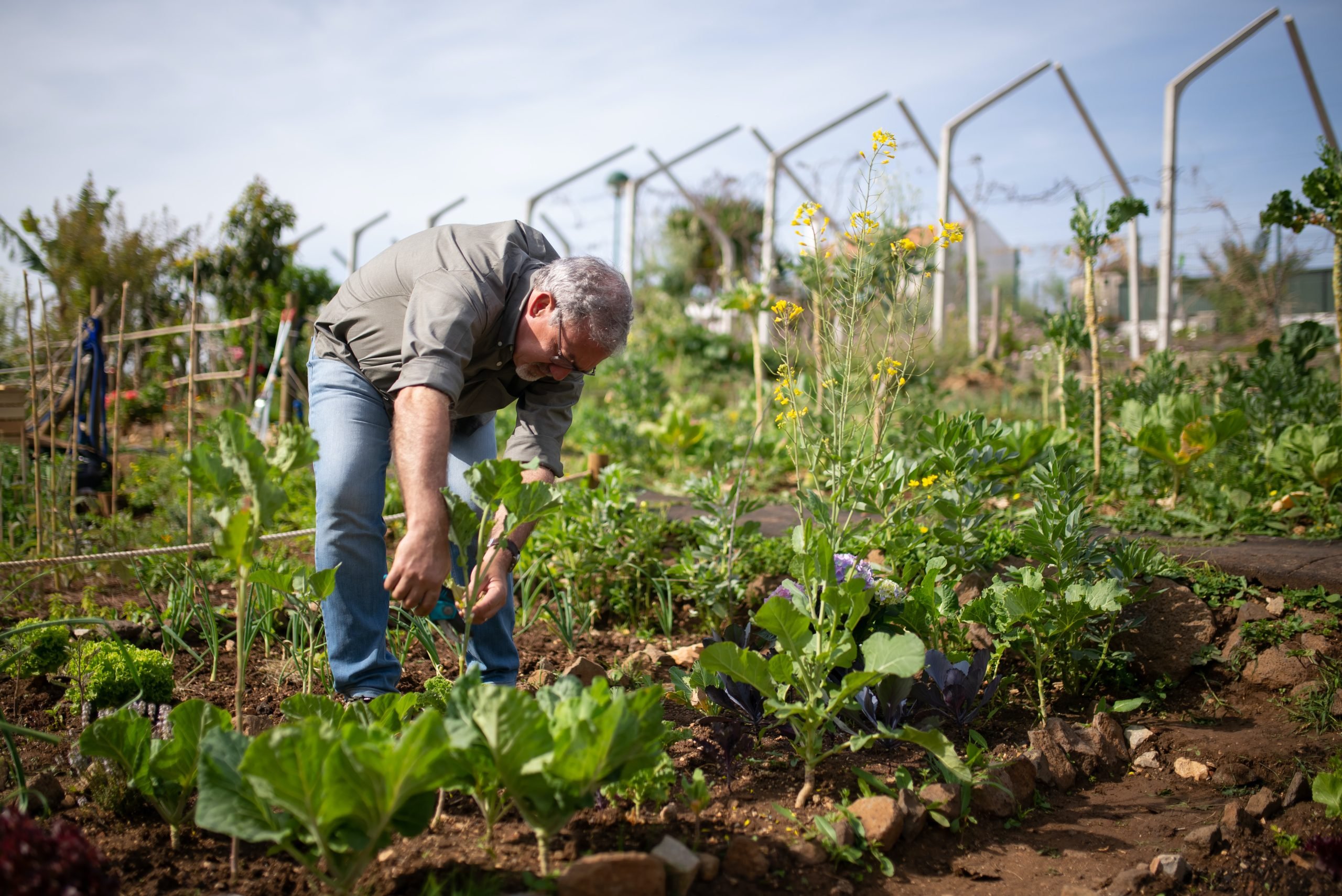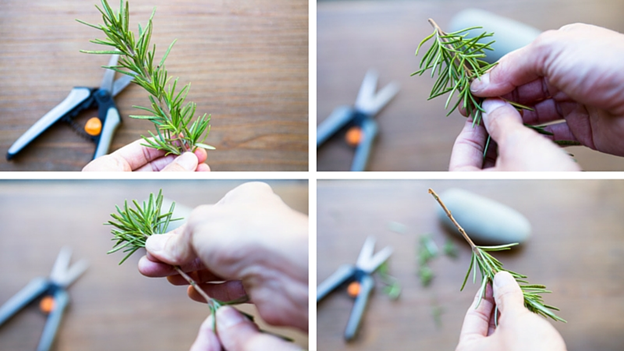A Complete Guide to Cross-Pollination
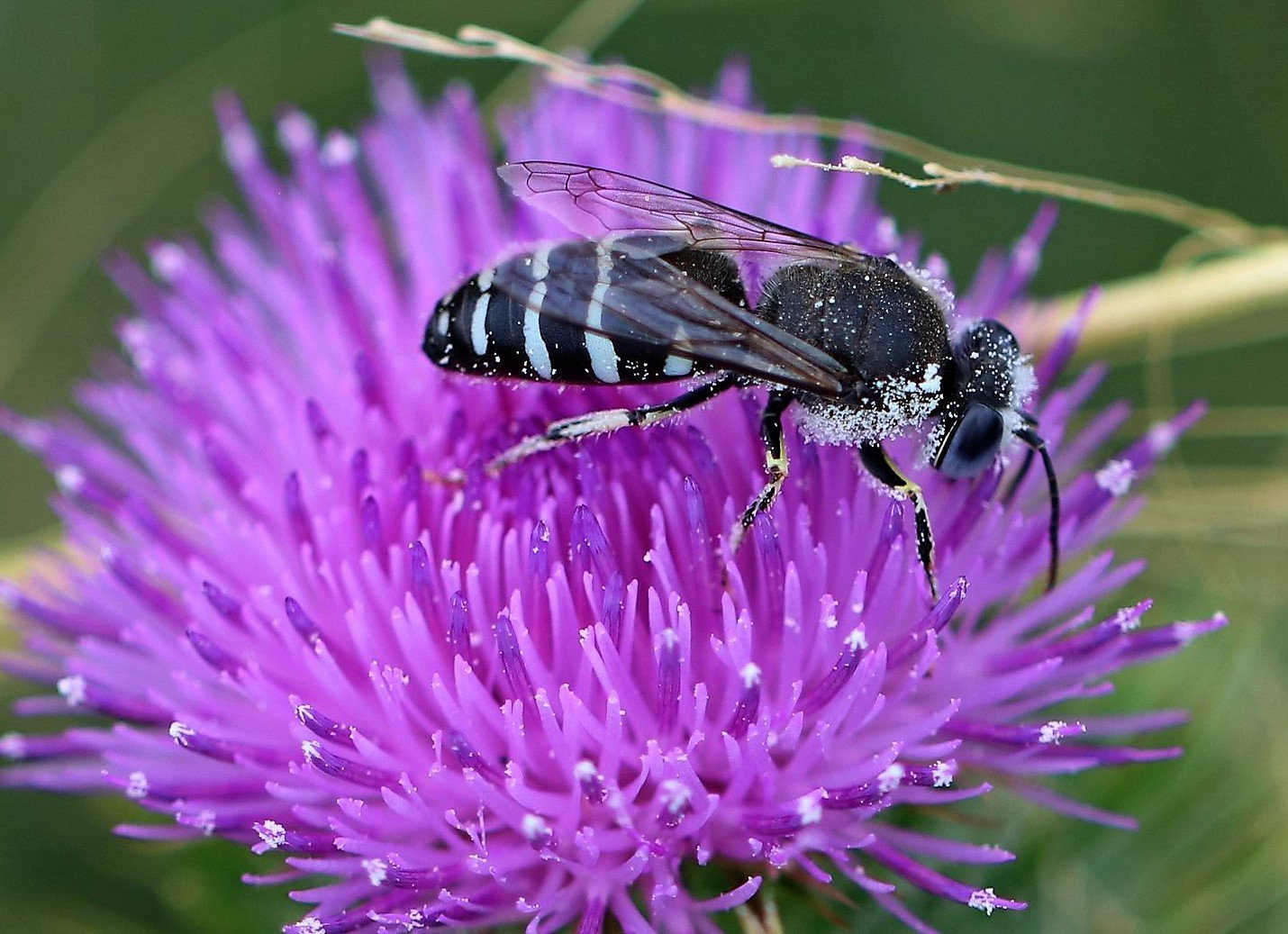
Table of Contents
Pollination, or regular or typical pollination, as many call it, is quite simple and straightforward. Pollination is the process of transferring a part from one plant to another to create new offspring that may produce completely new plants that can bear new types of fruits or bloom different flowers.
For pollination to happen, the plant should have stamen, the male sex organ of the plant, and the other plant must have the female sex organ, Stigma. Now, in this process, the male pollen must fall on the female pollen to produce offspring. This can happen in several ways, natural phenomena like wind, bees, butterflies, and rain or artificial ones through drones, humans, etc.
This process gives the female parts the power to reproduce new offspring. This whole process is known as Regular Pollination. Now, this pollination process is of different types, like self-pollination or cross-pollination, which are explained below.
Through this article, we’ll also understand the ways in which cross-pollination can be achieved, its advantages and disadvantages, when to avoid cross-pollination, and how to improve the chances of cross-pollination.
What is Self-Pollination?

As the name suggests, this plant pollinates on its own (self). Some plants have both male and female organs, stigma, and stamen in them. For these plants, the male pollen falls on the female pollen of the same plants by methods such as wind, rain, humans, or by bees or insects. In this way, the female pollen will now have the ability to bear seeds, fruits, etc. Some of the common examples of self-pollination are tomatoes, cucumbers, pumpkins, etc.
What is Cross-Pollination?
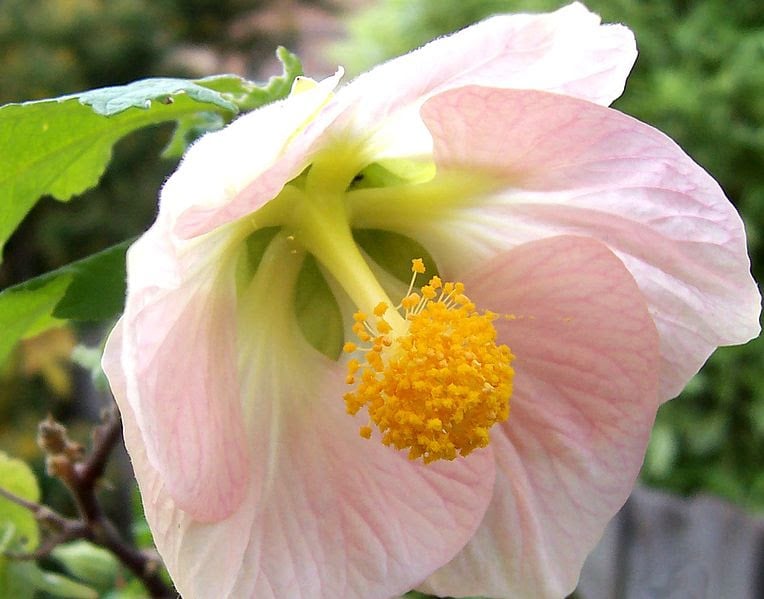
Cross-pollination, also known as cross-fertilization, is the method where the pollen from the male reproductive part of the plant falls on the female reproductive part of the plant, the same as pollination. However, the most important point to note here is that these fall on the same plant species that are of different varieties. This results in producing a new type of seeds, fruits, and flowers that has the characteristics of two plants.
Different Ways of Cross-Pollination
1. Bees and Butterflies
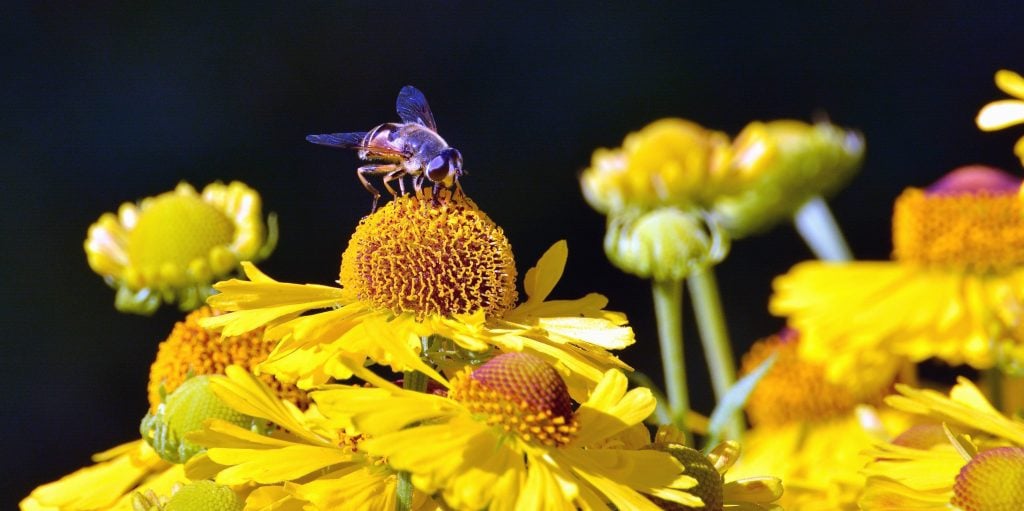
This is one of the most common and natural ways for cross-pollination. In this method, Bees, butterflies, and other insects sit on the male reproductive plant of the plant and extract the pollen. Later, when they land on the female reproductive part of another plant, they leave the pollen there, which will further result in cross-pollination.
2. Natural Phenomenon
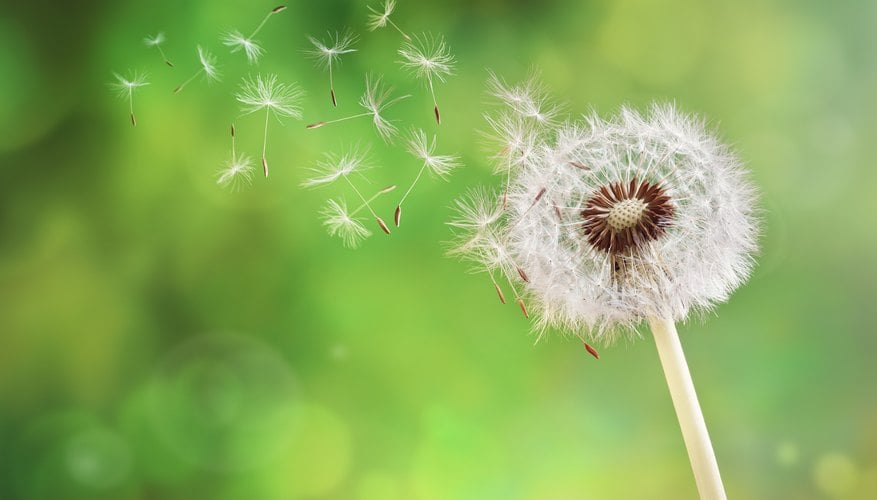
Some natural phenomena like wind or rain can help transfer the pollen from the male reproductive part of one plant to the female reproductive part of another plant. The air-flown by rain and wind can help the transfer happen naturally. This is the most natural and oldest process of cross-pollination. This has created many varieties unknowingly in the past that has proved to be useful, such as the varieties of apple fruits that were the result of cross-pollination.
3. By Hand
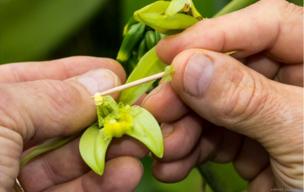
If natural phenomena haven’t been helping the cross-pollination process, then you can take the matter into your own hands and complete the cross-pollination process. Take the pollen from the male reproductive part of one plant and place it on the female reproductive part of another plant. Mind that cross-pollination must happen between different plant varieties of the same species.
When is Cross-pollination Important
- For some plants, the only way they’ll bear fruits or flowers is through the process of cross-pollination. In these cases, cross-pollination is a must.
- Cross-pollination drastically increases the number of products when compared to the original plant. If there’s a shortage or you need more products, this is the process you need.
- If you wish to create a new plant variety that can bloom unique flowers, then cross-pollination is one of the best ways to produce these new hybrid varieties.
Effective Ways to Improve Cross-pollination
1. Plant Nearby

If you wish to improve the cross-pollination between your plants, you need to place those plants close by. It increases the chance of the pollen falling on the plant without ending up on the soil. Even with less distance during cross-pollination, there’s a high chance that the pollen is effective and efficient in producing and blooming seeds and flowers, respectively.
2. Plant the Same Species
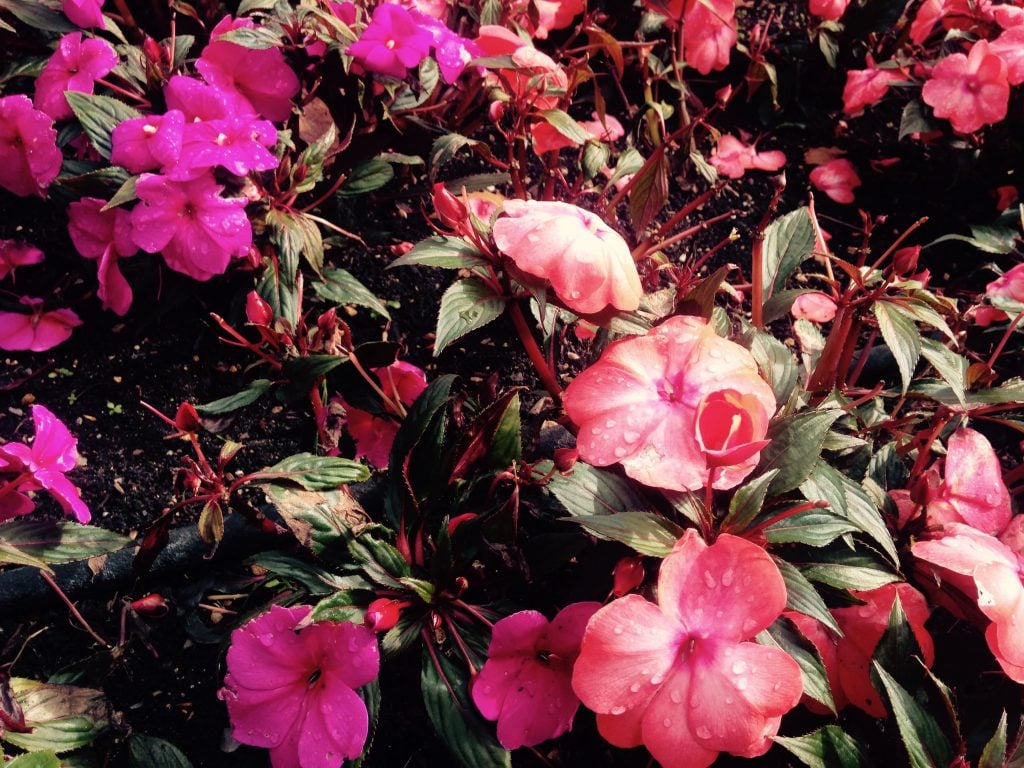
Plant as many different varieties of the same species of plants as you can get. As cross-pollination is possible and results in different plant varieties of the same species, planting them together or nearby can help significantly improve the chances of cross-pollination. This way flies and the wind doesn’t have to carry the pollen for longer distances, and when the pollen falls on its destination, the pollen remains effective for cross-pollination.
3. Attract Pollinators
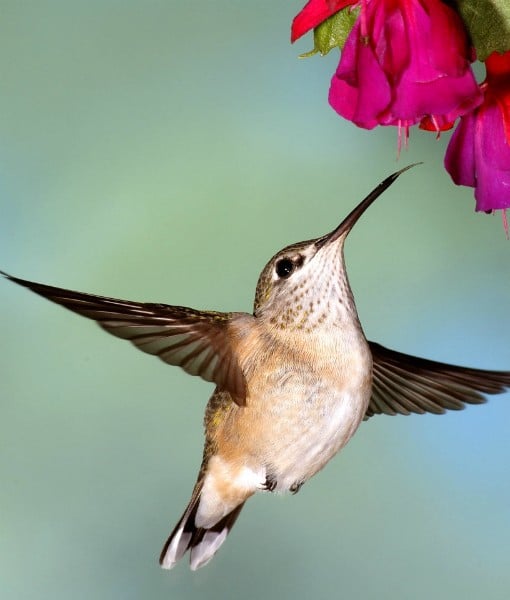
One of the best ways to carry pollen from one plant to another plant is with the help of pollinators such as bees, butterflies, etc. When they first sit on the male reproductive part of the plant, they suck the pollen, and when they again fall on the female part of another plant, they spread that pollen to produce seeds, flowers, fruits, etc. You can also set up beehives to attract bees.
4. Use Drones
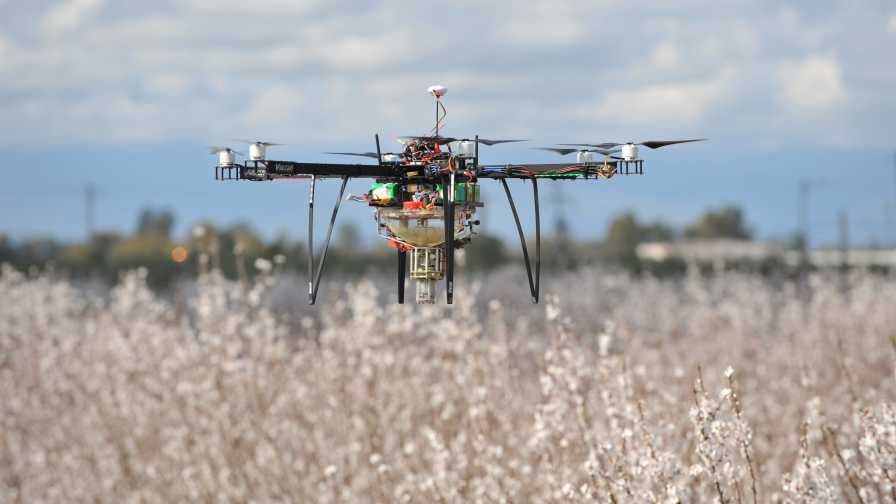
When you use drones, you can pollinate the plants as you expect. First, collect the pollen from the male reproductive parts of one plant and place them in containers. Attach those containers to drones and use them to pollinate the specific variety that you wish. This step is useful when you want your pollen to end up in specific plants only. Since this process is not controlled by natural phenomena, we can perform the process whenever we wish to and according to our desired results.
5. Cross-pollinate by Hand
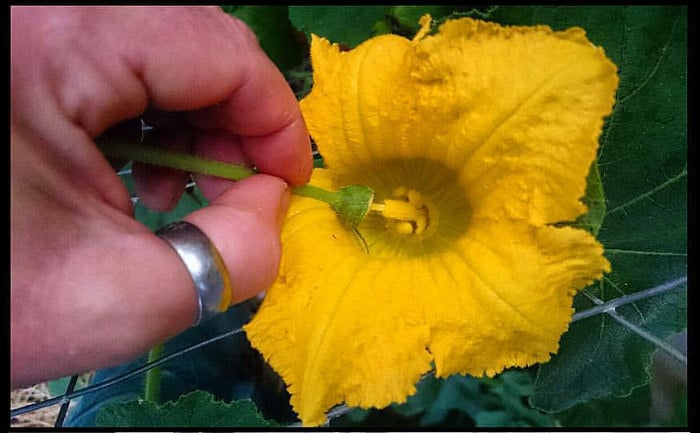
This is one of the simplest ways where you need to pick out the male pollen from one plant by hand and place it on the other plant that has a female reproductive part, by hand. This will help the pollen to pollinate the desired plants. This method of cross-pollination is considered to be effective when you are looking for specific results, as you transfer carefully from host to destination after careful deliberation and research. This process also ensures that the pollen doesn’t end up in the landfill.
When to Avoid Cross-pollination
- Sometimes, plants that are already self-pollination bear flowers and fruits perfectly that are widely consumed by many. In this case, cross-pollination can hamper the original product.
- In some plants, cross-pollination can increase the quantity of produce, but they grow immaturely, and the mother plants can’t bear too many fruits. So all of those immature fruits might go in vain. By bearing too many fruits every year, the plant might also live for a short span, like only a few years.
How to Avoid Cross-pollination
1. Increase the Distance
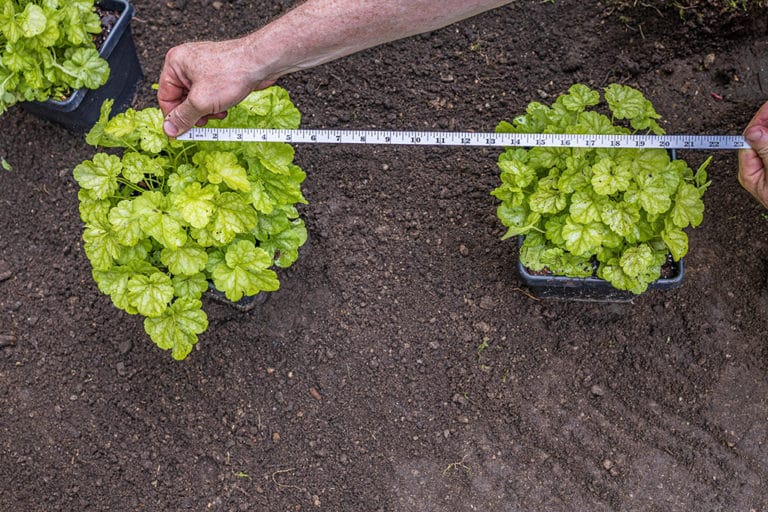
While pollen can travel distances for cross-pollination, there can be a reduced effect of the pollen produced. Because of the distance, the pollen may end up in the landfill or become less effective. For this reason, try to crop different varieties of your plants at a good distance from each other.
2. Grow One Variety
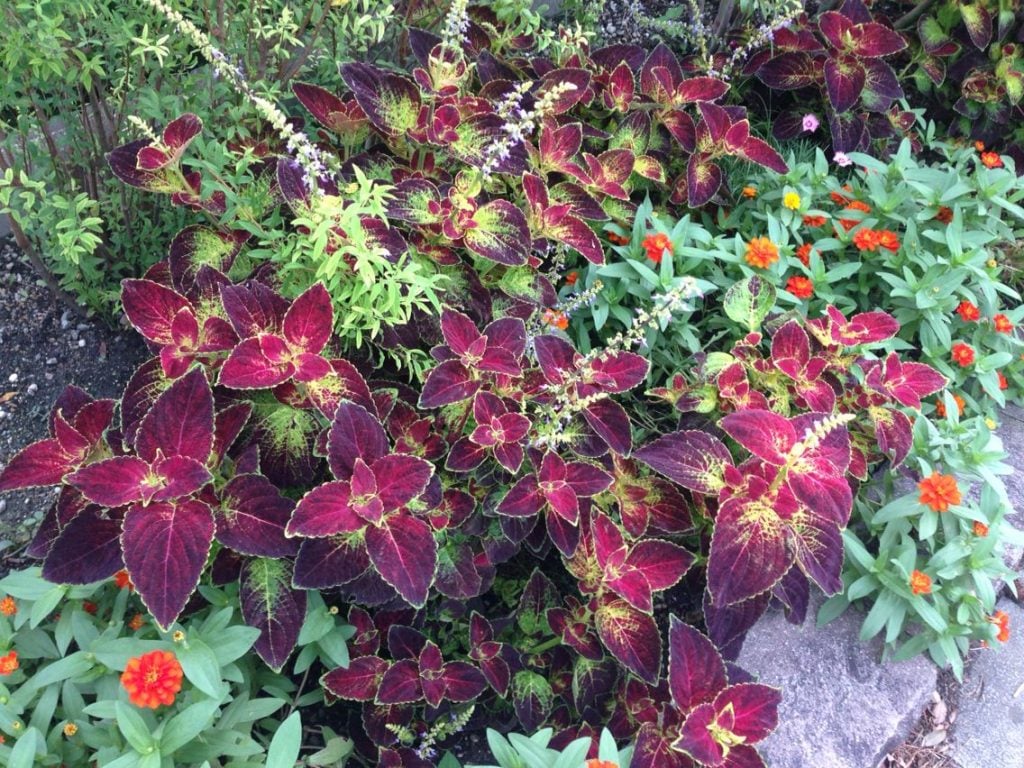
Since cross-pollination is done among the plants of different varieties, it’s better to grow only one variety in your garden and change the varieties once every year. You can also place them away from each other if you wish to grow multiple varieties at the same time. In this way, you can avoid cross-pollination.
3. Cover with Nets
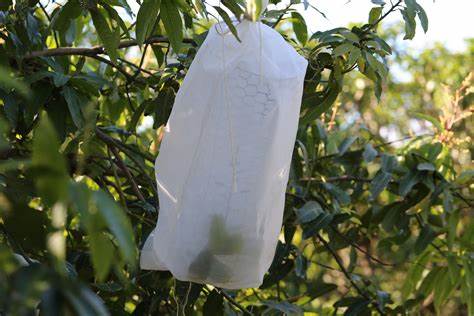
Generally, cross-pollination mainly happens during the blooming season. So, if you intend to avoid cross-pollination, make sure to cover your plants with mesh so that you avoid bees coming near the plants. Even the wind and rain couldn’t transfer the pollen with the mesh; this way, we can avoid cross-pollination by placing nets during the blooming season.
4. Grow Plants with Little to No Pollen
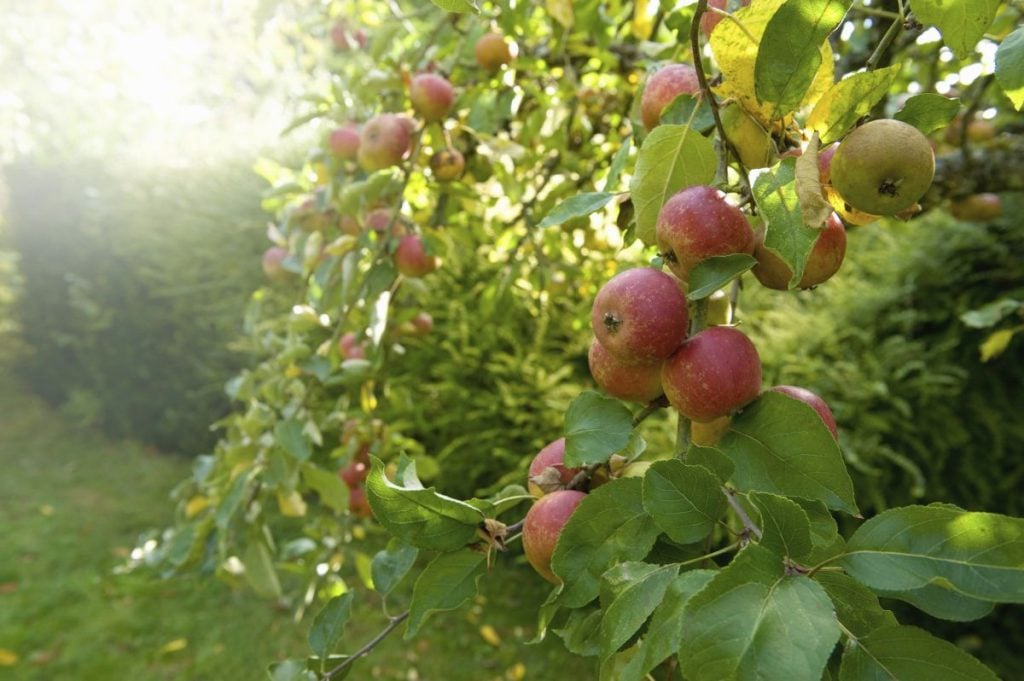
If you wish to avoid cross-pollination, try to grow plants that have very little to no pollen in your space. This way, we can reduce the pollen carriers and the chance of hybrid production. One common example of this is the apples and all of their varieties.
Mechanism to form Hybrids by Cross-pollination

Hybrids are plants that are a combination of two or more varieties. These plants portray a combination of the characteristics and genes of the parent plants and produce different kinds of flowers and fruits. The birth of these hybrids generally happens because of the phenomenon called cross-pollination. Cross-pollination helps different plants to combine their genetics and produce new and unique offspring. Several people use the cross-pollination method to produce new varieties in the market. However, to produce a hybrid by using some plants that can be helpful, it takes years of trial and research.
Most people spend their time and energy to produce useful hybrids is attributed to the characteristic of hybrids. Hybrids are often more resistant to harsh weather conditions, resistant to diseases, feasible, and can bear large quantities of products when compared to their plant plants.
Advantages of Cross-pollination
- Healthier plants: Cross-pollination is the method of transporting pollen from the male reproductive part of one plant to the female reproductive part of another plant of similar species. This transfer of pollen can be done in a variety of ways, such as by wind, water, butterflies, bees, or humans. In any case, the offspring are going to be healthier because of the strong influence of genetic varieties.
- New Kinds: The most amusing part of the cross-pollination is its unique ability to produce off-springs of new kinds. When the genes are carried from a different plant that has significantly different traits, this results in seeds created have a mix of genetics that gives offspring of new varieties,
- Stronger: Crossing the genetics of different plants and creating hybrid varieties ends in having the genetic traits of both plants. This ensures that the new offspring are stronger and more resistant to any infestations and diseases than their parent plants could have been.
- Feasibility: Most plants cannot reproduce themselves, so they often depend on the cross-pollination method to help produce new plants. These new plants created by crossing different genetics and combinations often imbibe the best of two worlds, being stronger, more resistant, and healthier, with more beautiful flowers.
Disadvantages of Cross-pollination
- The Unknown: During the process of cross-pollination, we often do not know what the result would be. It is very uncertain what the effect of cross-pollination can be on the new offspring. If you wish for a certain variety of plants, cross-pollination wouldn’t be an option for you.
- Wastage: For cross-pollination of pollen from one plant to another plant requires large quantities of pollen to be produced. Though pollination is done by bees, winds, humans, water, etc., a majority of the pollen ends up in landfill. This increases the wastage of pollens and energy and resources of the plants to produce these large numbers of pollens.
- Distance: Cross-pollination might not be effective in case of a large distance between the plants from when pollen is being carried to the plant waiting for it. When they travel long distances, the overall pollination method and their effectiveness in producing new varieties can be impacted.
Summing It Up
With this, we hope that you now understand all about cross-pollination. Undoubtedly, cross-pollination is useful in many ways and helps in producing new and unique kinds of plants that bloom new kinds of flowers and fruits. But, it is important to understand the ways you can adapt to pollinate, when you can pollinate, or when you must avoid pollination. If you try pollination without understanding it, it might be difficult to achieve successful self-pollination or cross-pollination.
As discussed above, successful implementation of cross-pollination to get desired outputs may take years to achieve, so you must be patient and determined throughout the process. Also, evaluate if pollination is necessary to adapt to your goals and be acquainted with the advantages and disadvantages that these bring; only then can you use cross-pollination to your advantage and get the results you desire!
Frequently Asked Questions
What Is the Difference Between Pollination and Cross-Pollination?
Pollination is a method that helps you to gather the male reproductive part of the plant and transfer it to the female reproductive part of the same plant to bear flowers and fruits. Cross-pollination is similar to pollination, but the only difference is that you must pollinate between different varieties of plants of the same species.
Which Way Can Help Ensure Cross-Pollination Over Pollination?
When you pollinate different plants of the same species by hand, this method can help you be sure that you’re performing cross-pollination and not pollination. No natural phenomenon or artificial machines can guarantee this.
When Is Cross-Pollination Most Effective?
Cross-pollination can be most effective when plants of different varieties but of the same species are planted nearby with very little distance. This ensures that the pollen remains effective and produces the maximum results.
What Is the Relation Between Hybrids and Cross-Pollination?
Hybrids are plants that are created with a combination of genes and characteristics of two or more plants. They show some combination of both the plants and, sometimes, showcase new characteristics. Hybrids can be created successfully using the phenomenon of cross-pollination.
Can We Cross-Pollinate to Get the Exact Hybrids We Want?
Yes, you can cross-pollinate to get the exact hybrids you want. But this can be achieved only after rigorous research, trial, and error for years. You may fail multiple times before you get the exact features (ex: flower colours, shape, size) that you want.

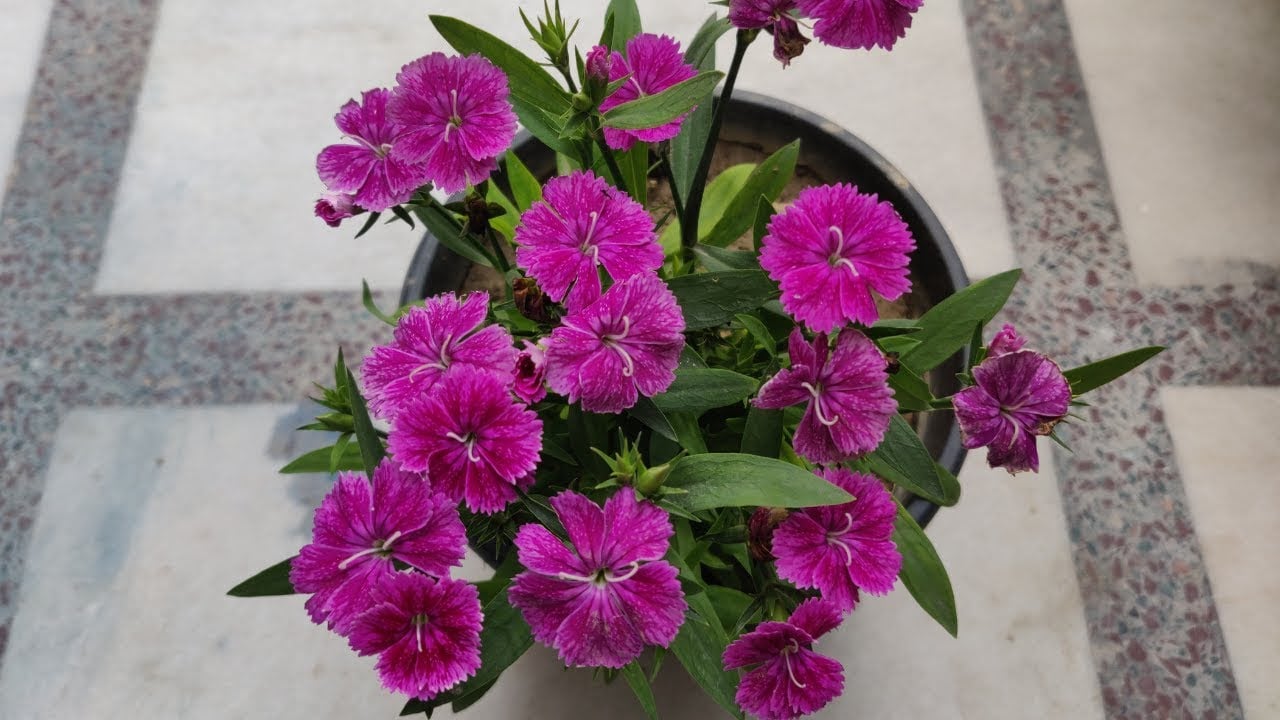
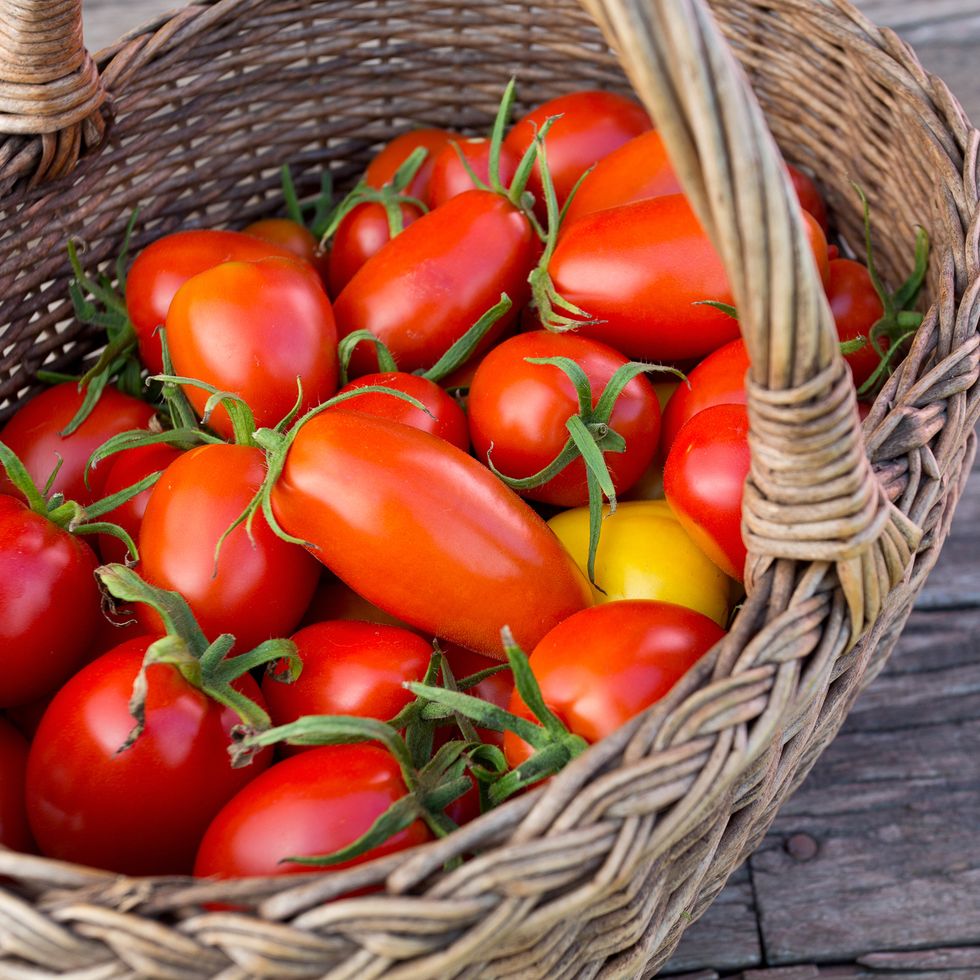
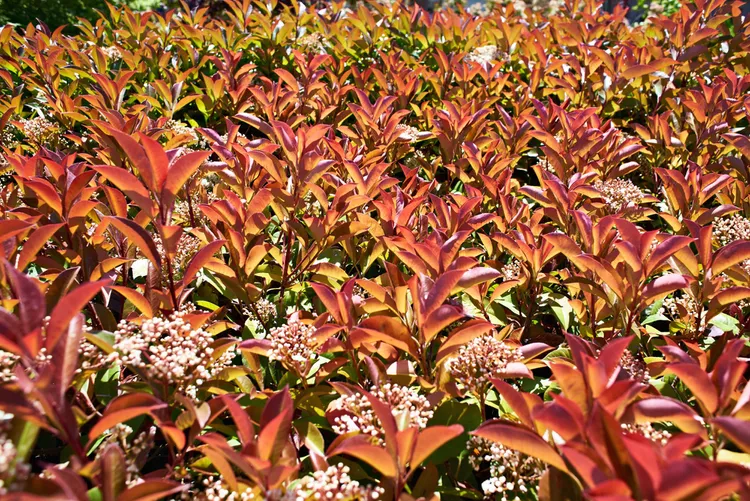
![The Ultimate Guide to Growing Salix Willow Trees in Pots [UK]](https://staging.thearches.co.uk/wp-content/uploads/Growing-Salix-Willow-Trees-In-Pots.jpg)
